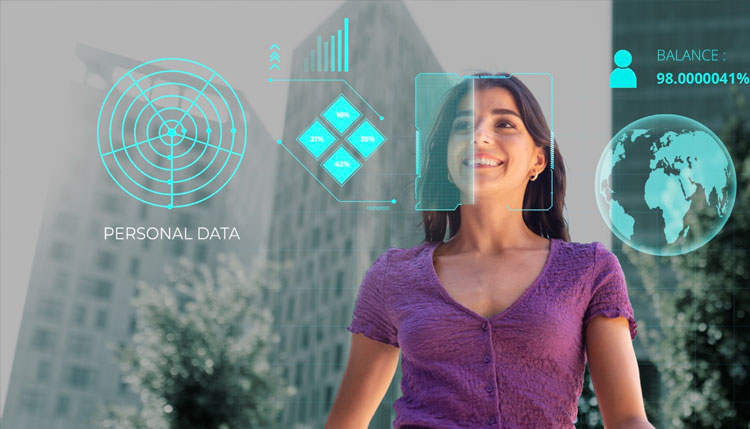
Impact of Biometrics on Smart Cities
In the age of rapid urbanization and digital transformation, the concept of smart cities is becoming increasingly prevalent. Smart cities are designed to enhance the quality of life for their residents through the integration of technology and data-driven solutions. Among the myriad of innovations contributing to this transformation, biometrics stands out as a game-changer.
Biometrics, the science of identifying individuals based on unique physical or behavioral traits, is revolutionizing the way smart cities function. From enhancing security to streamlining services, biometrics is having a profound impact on the development and sustainability of these urban environments.
Enhanced Security and Safety
Security is a paramount concern in any urban setting, and smart cities are no exception. Traditional security measures such as surveillance cameras and access control systems are being complemented and reinforced by biometrics. Facial recognition, fingerprint scanning, and iris recognition are just a few examples of biometric technologies being deployed to enhance security in smart cities.
One of the most prominent applications of biometrics in smart cities is facial recognition technology. It’s being used to identify and track individuals in real-time, helping law enforcement agencies locate missing persons, monitor public spaces, and even prevent crime. By analyzing faces against a database of known criminals or persons of interest, cities can respond more effectively to security threats.
Streamlined Urban Services
Biometrics is also streamlining and optimizing the delivery of urban services. In smart cities, biometric authentication is being used to create efficient and secure access to various services, from public transportation to healthcare.
For instance, commuters can now use facial recognition to board buses or trains, eliminating the need for physical tickets or cards. This not only speeds up the boarding process but also reduces the reliance on paper tickets, contributing to a more environmentally sustainable urban environment.
In healthcare, biometrics is enhancing patient identification and medical record management. Patients can use biometric identifiers such as fingerprints or palm scans to access their medical records securely. This reduces the risk of identity theft and ensures that medical decisions are based on accurate patient information.
Improved Traffic Management
Traffic congestion is a common woe in urban areas. Smart cities are leveraging biometrics to improve traffic management and reduce congestion. License plate recognition systems and facial recognition cameras at intersections help monitor traffic flow in real-time. This data can be analysed to identify congestion hotspots and optimize traffic signal timings to alleviate gridlock.
Biometrics can also be used in toll collection systems. Rather than stopping at toll booths and waiting in long lines, vehicles equipped with biometric technology can pass through toll gates seamlessly, with fees automatically deducted from their accounts. This not only reduces traffic congestion but also enhances the overall driving experience.
Efficient Governance
Governance in smart cities is becoming more efficient and transparent through the use of biometrics. Citizens can use biometric authentication for various government services, from voting to accessing public records.
In elections, biometric voter identification ensures that each person has a single vote, reducing the risk of voter fraud. This enhances the integrity of the electoral process and strengthens democracy.
Access to public records and government services is also simplified with biometrics. Citizens can securely access their information and complete administrative tasks online with the assurance that their identity is protected.
Data Security and Privacy Concerns
While the integration of biometrics into smart cities offers numerous benefits, it also raises significant concerns about data security and privacy. Biometric data, such as fingerprints and facial scans, is highly sensitive and must be protected from unauthorized access and potential misuse.
Smart cities must implement robust cybersecurity measures to safeguard biometric data. Encryption, access controls, and regular security audits are essential components of a comprehensive security strategy.
Additionally, governments and city authorities must establish clear regulations and guidelines for the ethical and responsible use of biometric technology. This includes obtaining informed consent from individuals before collecting their biometric data and providing mechanisms for individuals to access and delete their data when necessary.
Conclusion
Biometrics is undeniably reshaping the landscape of smart cities. From enhancing security and streamlining urban services to improving traffic management and governance, the impact of biometrics is far-reaching. However, it’s crucial for smart cities to strike a balance between the benefits of biometrics and the protection of individual privacy and data security.
With proper safeguards and regulations in place, biometrics can continue to be a driving force behind the evolution of smart cities, creating more efficient, secure, and liveable urban environments for all residents. We at TrueID would be excited to share more around biometrics and smart cities. For more information, please visit www.trueid.in











